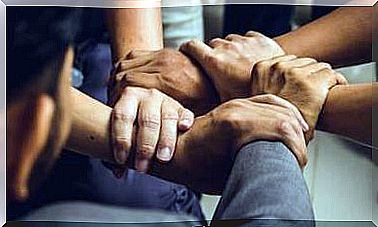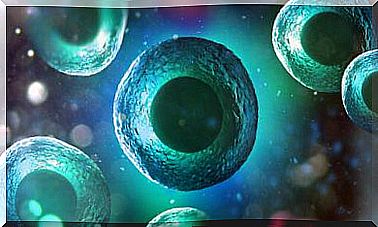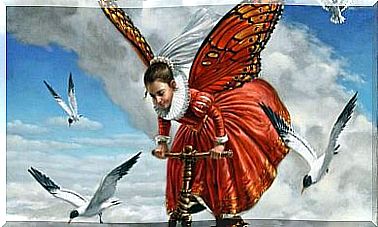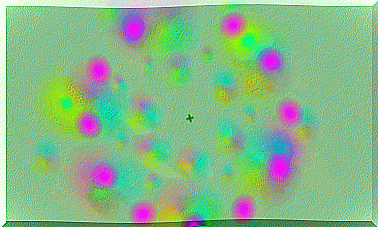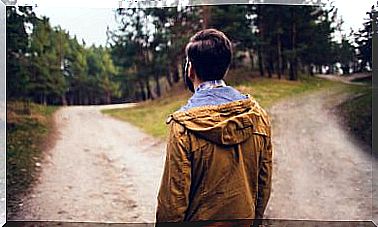Beloved Children Become Adults Who Know How To Love
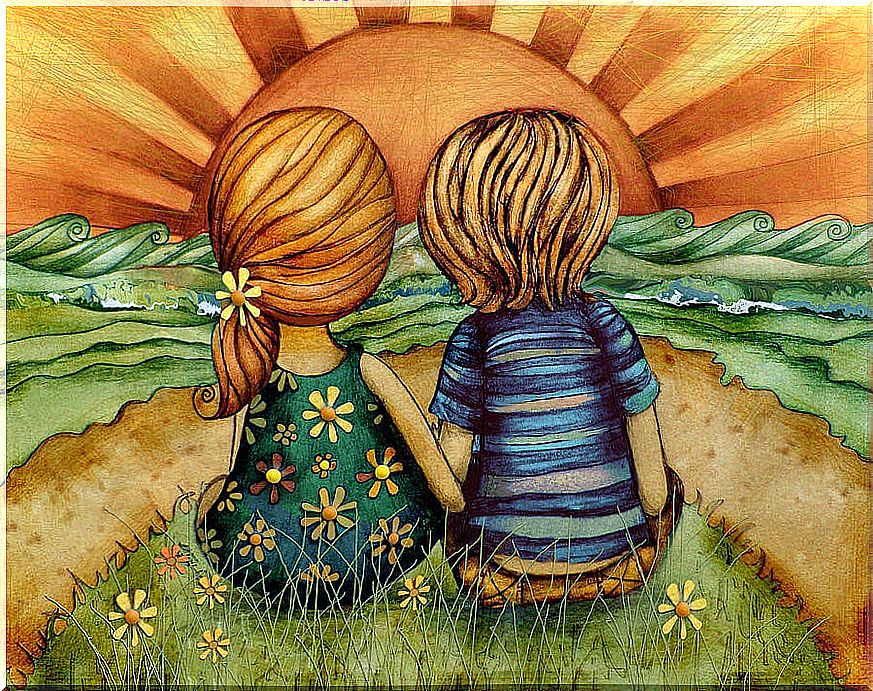
Our first experiences with the world mark our emotional development. In children a network is woven that will connect their mind and body, which will largely determine the development of the ability to feel and love.
In this sense, our emotional growth will depend on our first emotional exchanges, which will not teach what to see and what not to see in the emotional and social world in which we find ourselves.
Thus, the field of our childhood allows us to sow the seeds of love in a natural way, which will determine that the ability to love and be loved grows in a healthy way and helps us to develop.

If we feed children love, fears will starve
The displays of love and affection raise children’s self-esteem and help them build an emotionally adapted and intelligent personality. In other words, our love helps them manage the natural fears that arise at different ages, fostering a healthy degree of sensitivity.
Children have a natural self-confidence. In fact, we are amazed that in the face of insurmountable handicaps and repeated failures, they don’t give up. In other words, persistence, optimism, self-motivation, and friendly enthusiasm are innate qualities.
Realizing this helps us to be aware of the important role of loving our children and educating them from respect, empathy, expression and understanding of feelings, anger control, adaptability, kindness and independence.

What can we do to raise happy and healthy children?
A child’s temperament reflects a specific innate emotional circuitry in the brain, a blueprint for his present and future emotional expression, and behavior. These may or may not be suitable, so education must become support and guidance for them.
To achieve optimal emotional health, we must change the way your brain develops. The idea is that through love and emotional education we promote certain healthy neural connections in children.
For example, the fact that a child is shy by nature often causes the adults around him to overprotect him, causing him to become anxious and disruptive over time.
In this sense, with what we know today, emotional education requires a certain adult unlearning. A shy child must learn to name his emotions and face what disturbs him, he must not feel that we are cutting off his wings because he is vulnerable.
An adult has to be empathetic without reinforcing his cries and worries, proposing in turn new socio-emotional challenges that allow him to evolve. That is, you have to protect your emotional health through the development of its natural characteristics.
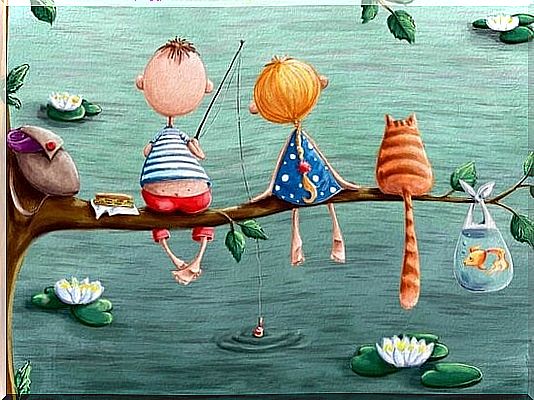
The basic keys to a healthy emotional education
Some of the basic keys to a healthy emotional education are:
- Specialists often recommend helping children talk about their emotions as a way to understand themselves and others. Nevertheless,
For this reason, we cannot stay only in verbalization, but we have to teach them to understand the meaning of posture, facial expressions, tone of voice and any type of body language. This will be much more effective and complete for your development.
- For years the development of a child’s self-esteem has been promoted through praise and constant reinforcement. However, this can do much more harm than good. Commendations will only help our children feel good about themselves if they are related to specific accomplishments and mastery of new skills.
- Stress is one of the great enemies of childhood. , so overprotecting them is one of the worst things we can do. They have to learn to face these natural difficulties in such a way that they develop new neural pathways that allow them to adapt to the environment in which they live.
